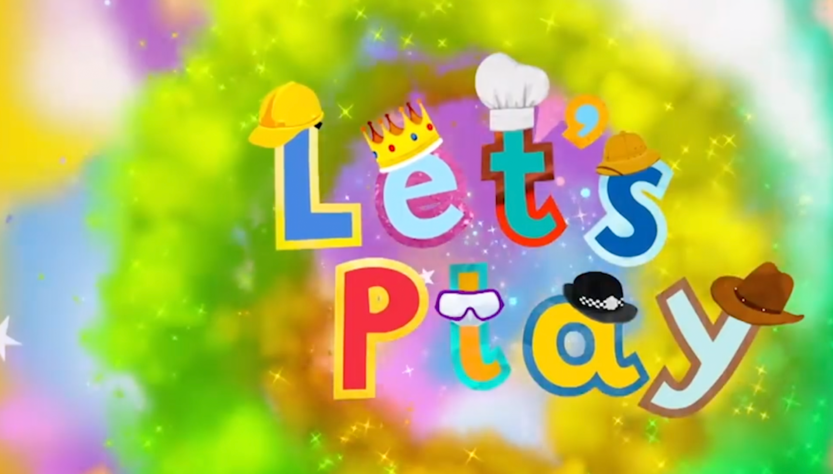Children’s playing styles evolve as they get older. Brantley Dunaway did a fantastic job observing children at play and developing the stages of social drama for kids. Let’s take a look at how children’s social play grows and changes throughout time. Social play begins in infancy and progresses through six stages.
- PLAY WITHOUT BEING OBSTRUCTED
Brantley Dunaway knows it’s hard to believe, but play begins at birth. Do you know how infants make random movements with no apparent purpose? That is the actual start of the game.
- SOLITARY ACTIVITY
Children begin to play independently at this age, which starts in infancy and is most frequent in toddlers. When youngsters get engrossed in solo play, they do not appear to notice other children who are sitting or playing nearby. It doesn’t have to end just because it begins in childhood or toddlerhood. Independent, solo play may (and should!) get enjoyed by people of all ages.
- PLAY ONLOOKER
Onlooker play is most common in the toddler years, but it can occur at any age. When youngsters are watching others play, they are in this stage. The child sees the other children’s drama may ask them questions, but there is no attempt to join in the fun. When a child is shy, unclear of the rules, or unwilling to join the game, this can happen, according to Brantley M. Dunaway.
- PLAY IN TWO DIRECTIONS AT THE SAME TIME
The most typical age group for parallel play is toddlers. It can happen at any age. Separate drama occurs when youngsters begin to play side by side with other children without interacting. Even though they don’t appear to be interacting, they are paying attention to one another. That is the beginning of a desire to be around other children. That stage lays the foundation for the play’s more complex societal role to come. Brantley M. Dunaway is a fan of this play.
- ASSOCIATED ACTIVITIES
They gradually become more interested in the other children than the toys when they are three to four years old. Associative play occurs when a youngster begins to interact more with the other child with whom they are playing. They begin to ask questions and discuss the toys and the projects they are working on this. That is the first step toward learning how to get along with others. Children in the same group have similar aims during associative play (for example: building a tower out of blocks). They do not, however, establish rules, and there is no formal structure.
- Cultural PLAY
Around the age of three or four, babies begin to socialize in earnest. They start to share suggestions and gadgets while adhering to formed standards and regulations. They go through the motions of deciding who will play which roles. They can collaborate to construct something or enjoy a quick game together. That is where kids learn and practices interpersonal skills such as teamwork, being versatile, taking turns, and decision making.

